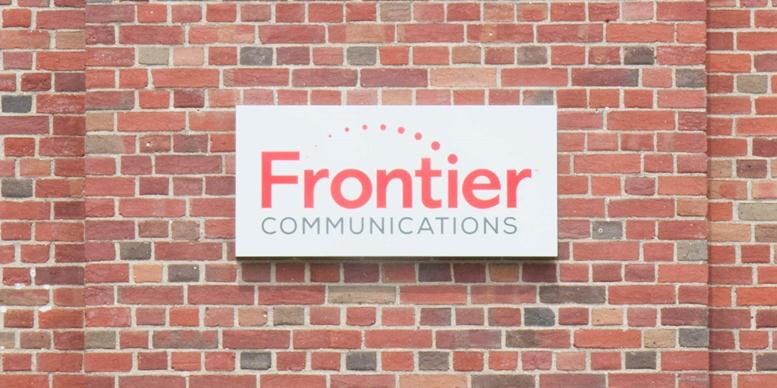In April 2016, Frontier Communications (NASDAQ:$FTR) made a big gamble by spending $10.54 billion on purchasing Verizon’s former business in California, Texas, and Florida. The goal was to cut the company’s overall expenses through operational scale. Frontier Communication’s 12% plunder in September shares though seems to have shown this move to be counter-productive.
In fact, Frontier actually was able to save over $1 billion annually due to cost synergies. However, the problem is, Frontier bought a wireline business- internet, phone, and pay television delivered over aging telephone company technology- consumers don’t want that type of connection.
The CTF deal initially granted Frontier with an additional 3.3 million voice connections, 2.1 million broadband connections, and 1.2 million FiOD video subscribers- this more than doubled its size. However, in every quarter since the deal closed, the company has been losing subscribers.
The harsh reality is, Frontier is not the only one in the business to lose internet and cable subscribers. Nearly all pay-television companies have lost customers to cord-cutting, or those who prefer streaming options. Frontier has not made any efforts to mitigate their losses by adding broadband customers.
Shares in Frontier have dropped at a steady pace since its Q2 earnings reports. After closing August at $13.47, shares dropped to $11.790 when markets closed on the last trading day of September, marking a 12% drop.
With feeble efforts from Frontier to gain back customers, their future seems gloomy. Add that to the fact that the company cut its dividend and saw a reverse split of its stock to avoid delisting. This makes a buyout seem more and more appealing.
Featured Image: wvrecord










